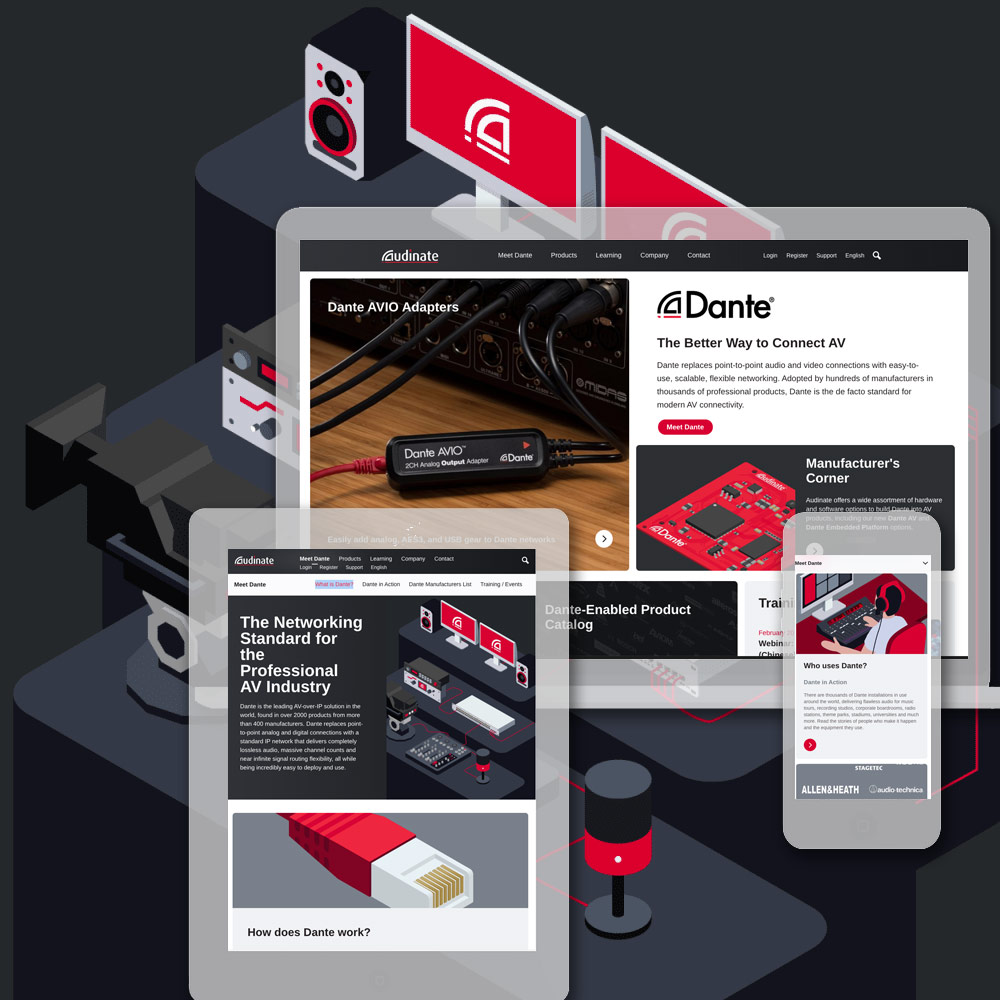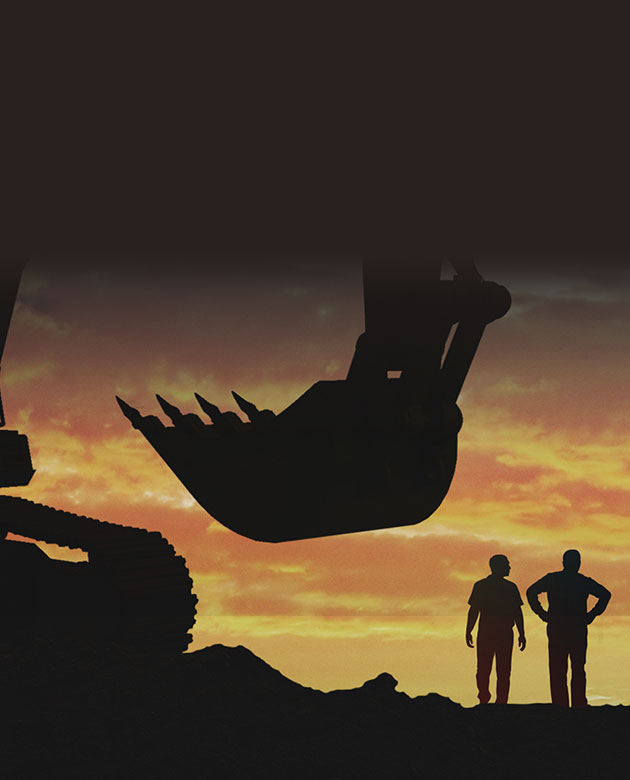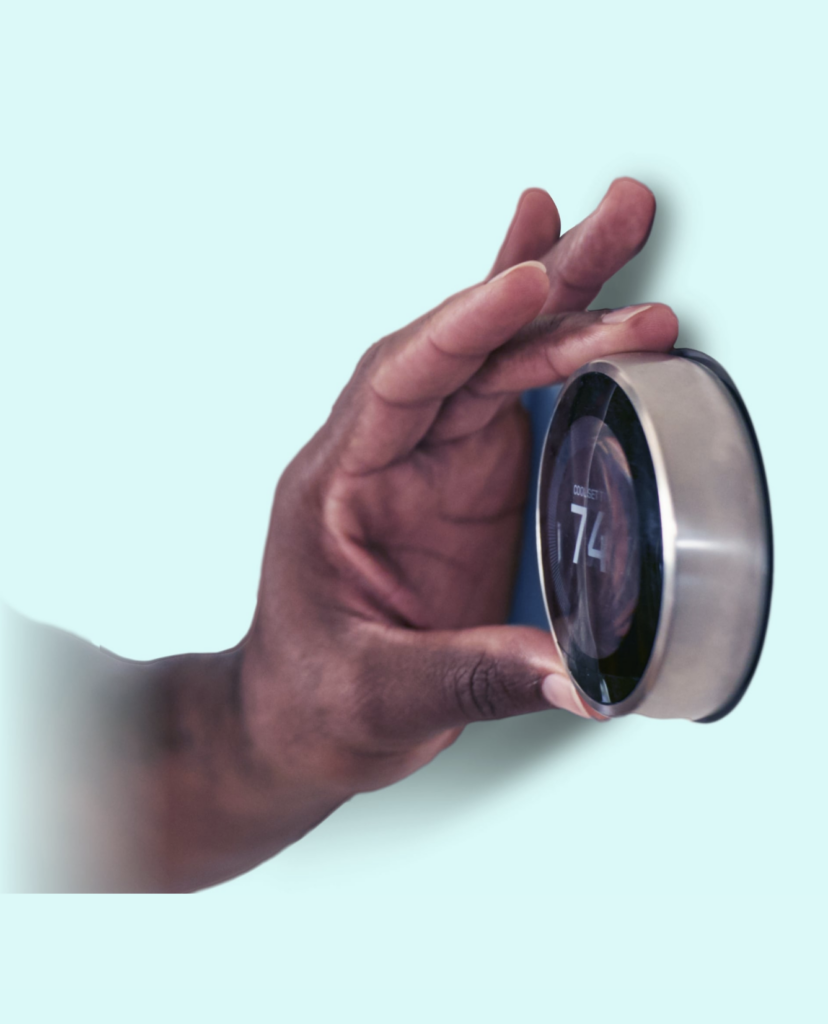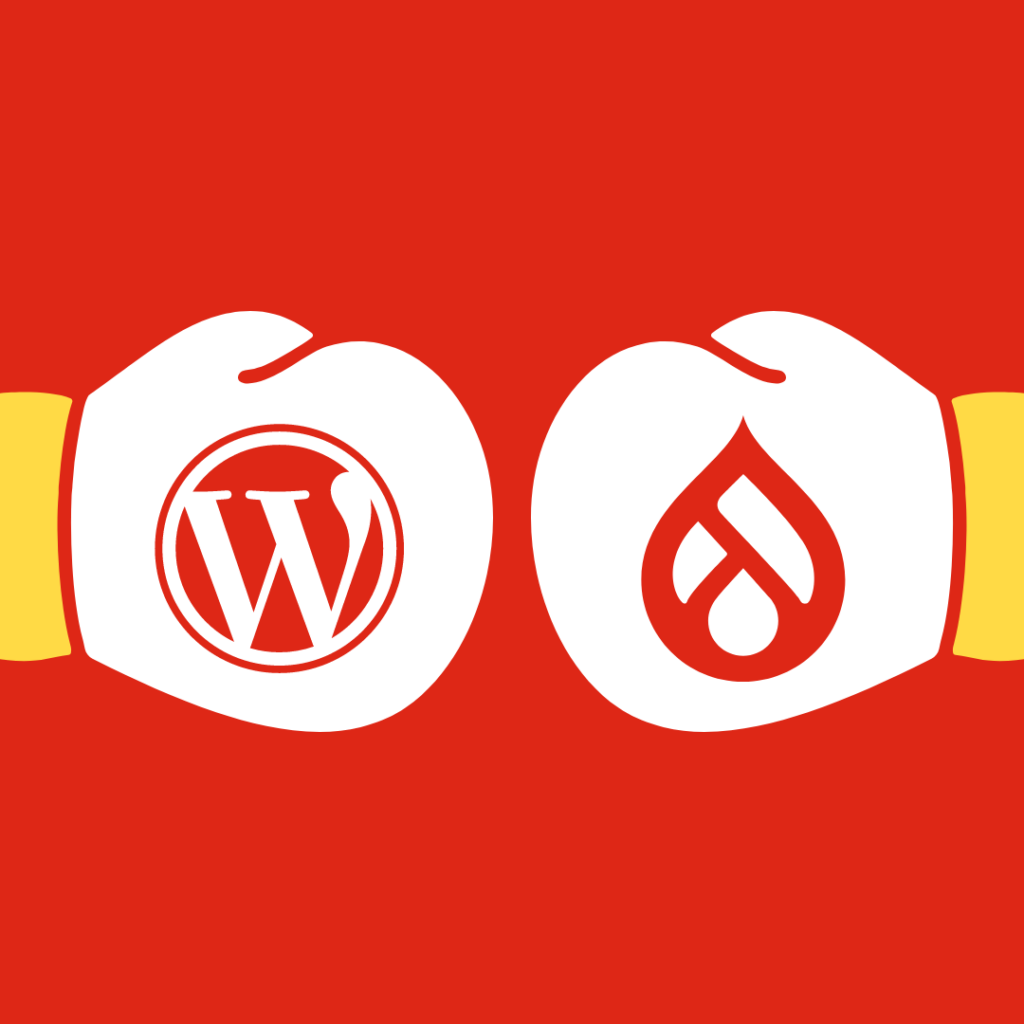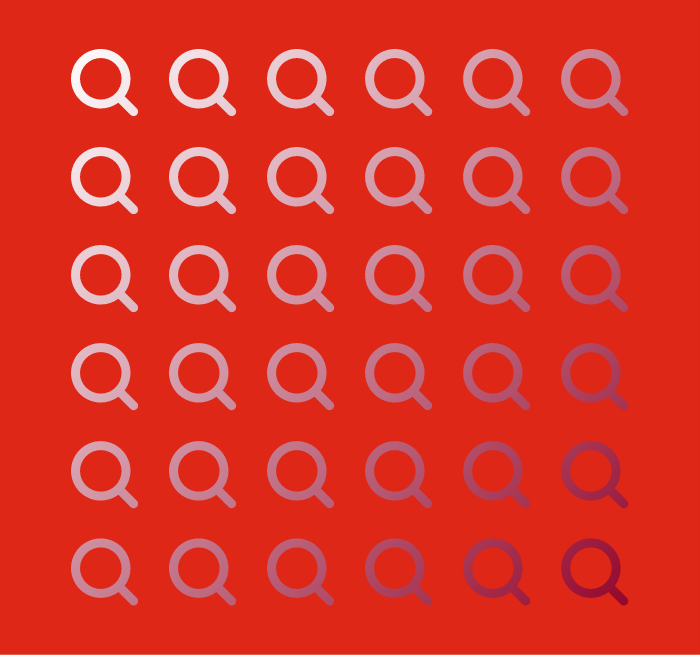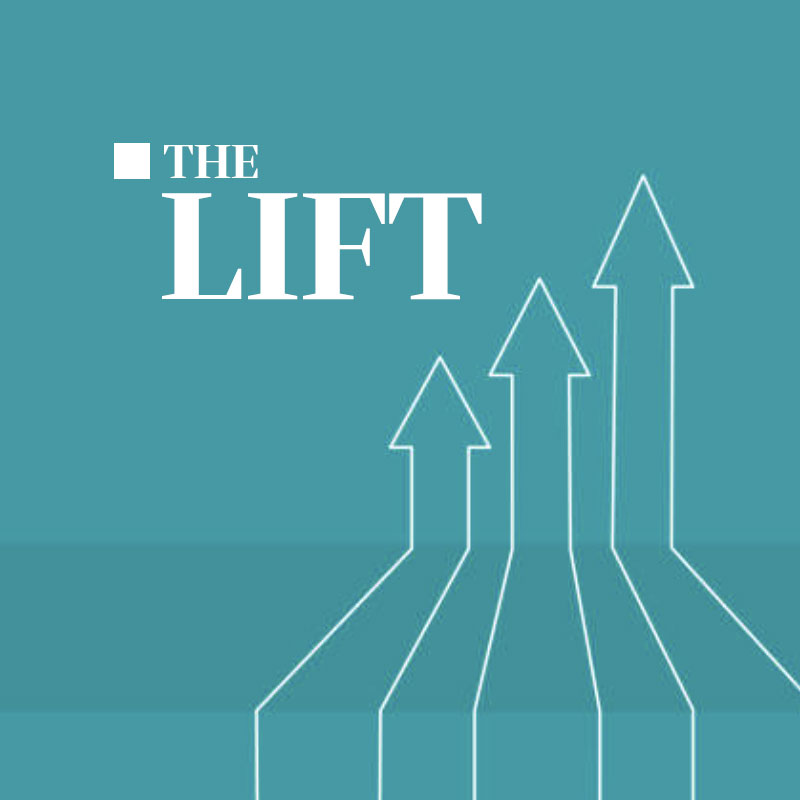Drupal is an industrial-strength content management system with a sprawling feature set and API.
Drupal has been around for years, originally released in 2001. Each major version has significant differences, and being able to navigate the universe of Drupal core and user-contributed modules is key to our success.
Drupal’s strengths are its expansive feature set and contributed modules – if you need functionality XYZ, someone has probably written a module for that. However, it lacks the plug-and-play directness of other platforms such as WordPress. You may need to navigate the Drupal support forums and apply a patch for a known issue occasionally, but that’s a small price to pay for extensive elements of functionality that snaps together to build a site quickly. We’ve built Javascript applications that are embedded in a Drupal website to provide additional browser functionality. Internationalization support is strong, and we’ve built websites in as many as seven languages.
Drupal is the right choice if you want control over building every layer of a website that needs powerful performance. If your website has multiple editors and needs to be updated multiple times per day, Drupal’s got you covered. Flexible permissions settings let you adjust user accounts for editors, customers and subscribers, and we’ve created full-featured online magazines with layers of articles, issues, and subscriptions.
Properly configured Drupal can be very performant. We’ve used it to build sites that handle millions of hits in a single day. Custom modules extend admin functionality and integrate with external APIs. Leveraging the wide universe of contributed modules provides required functionality like digital product licensing and user management. We’ve also responded to occasional security issues in Drupal and patched our clients’ websites if needed.
No technology is perfect. We don’t recommend Drupal if a site is small or if the client isn’t prepared for the ongoing maintenance and complexity of a full-blown Drupal site. When we consider it for a greenfield or rebuild project, we look at the cost of complexity versus the modules that can accelerate delivery. We also consider future directions and the flexibility that Drupal offers. If you’re looking to build a static information page that doesn’t require editorial upkeep, then a different CMS platform might better serve your site’s needs. But oftentimes, Drupal comes out on top.
With each upgrade, Drupal has become a more cost-effective and future-proof technology stack. If the client has an existing investment in this technology and wants to extend their Drupal system, especially with versions 7 and 8 reaching end-of-life soon, we’re also happy to work with the existing system and team to make the transition upgrade seamless.

